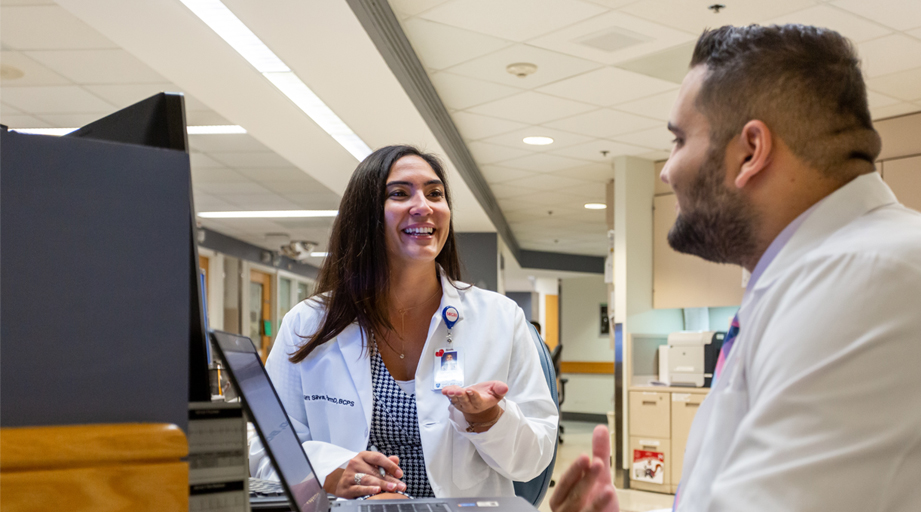
Nearly three-quarters of hospitals surveyed by ASHP last year reported using an electronic health record (EHR) tool that automatically verifies certain medication orders without a pharmacist review. Yet despite its growing use, autoverification lacks a widely established set of best practices and guidelines.
That’s a critical gap if hospitals hope to boost autoverification to help reduce pharmacists’ workload and shift more of their time to patient care activities — while still clearing safety and regulatory hurdles. ASHP’s Autoverification Working Group, which held its first meeting on March 15, reviewed case studies and discussed key considerations for implementing and monitoring autoverification.
In autoverification, medication orders are analyzed by computer software parameters, such as patient location or for specific medications. The program flags orders that do not meet the criteria for autoverification, necessitating a pharmacist review before the medications can be administered to patients.
Typically, medication orders can’t be automatically verified for pediatric patients, drugs associated with allergies, or Institute for Safe Medication Practices (ISMP) high-alert medications. In ASHP surveys, hospitals that are reluctant to implement autoverification cite patient safety concerns, questions over regulations, and limitations on their EHR systems.
Nonetheless, autoverification has been on the rise since ASHP first began surveying hospitals about it in 2016. That year, just over half of hospitals reported using such a tool, sometimes known as e-verification. The share crept up to 62% in 2019 and 73% last year.
“There’s definitely an uptick in autoverification in EHRs, and that makes sense,” said Michael Ganio, ASHP’s senior director of pharmacy practice and quality. “Most of the hospitals have EHRs, and at least for the major software systems out there, autoverification is a fairly easy tool to implement.”
Larger hospitals and health systems usually adopt advanced technologies, such as centralized robotics, before smaller hospitals do. But that’s not the case with autoverification, according to the ASHP survey results. Adoption is even across hospitals of varying sizes, noted Ganio.
The survey results show increases in the use of select medications throughout the hospital and for select medications in certain areas, suggesting institutions are using more refined autoverification tools, said Ganio.
To help address questions around autoverification, ASHP developed a toolkit for implementing such programs. Two years ago, ASHP’s House of Delegates adopted a policy emphasizing the important role pharmacists have in developing and implementing systems for autoverification of select medication orders. The policy also advocates for regulations and accreditation standards that permit autoverification of select medication orders in circumstances in which it has proven safe.
The Joint Commission standards require pharmacist review of all medications before dispensing and administering to patients. However, the commission has some exceptions, including in an emergency department (ED) if a pharmacist review could cause delays that result in patient harm.
ISMP recently indicated support for autoverification under certain conditions, including that the algorithms take into account allergies and corresponding reactions, high-alert medications, and patient weight. ISMP also said autoverification should not be universally turned on for all orders in a specific location (such as the ED) but rather for specific medications or order sets, such as ED triage orders.
The autoverification working group discussed focusing future efforts on establishing standards of practice and on meeting with state boards of pharmacy to better understand how state rules affect autoverification.
Case studies have shown that the practice can be implemented safely. In an AJHP 2022 article, researchers found that low-risk, high-volume medications could be safely autoverified in the ED by using a systematic approach to order selection. But group members wanted more robust data before coming up with guidelines.
“Having best practices requires more information than what’s currently out there,” said Ganio.








